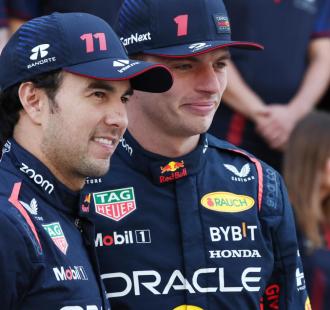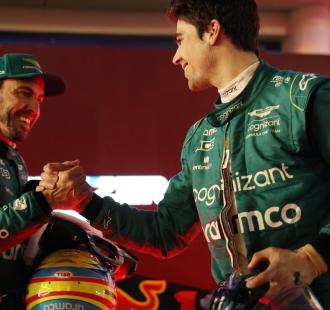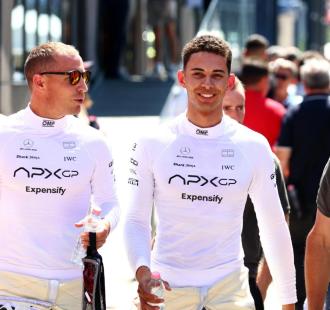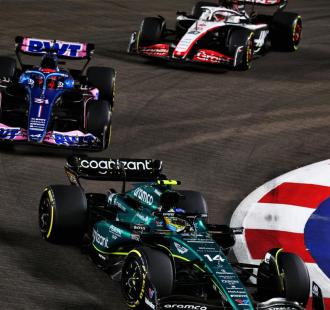
Do top drivers deserve 'special treatment' from F1 teams?
F1 may be a team sport but it is the drivers that often get all theplaudits from the watching millions. The drivers are contracted todo their level best to contribute to the team's efforts - afterall, it is the Constructors' standings that pays out prize moneyand also provides competition bonuses for the factory employees.Yet in numerous cases across F1 history, certain drivers have beengiven a higher order than their teammates by the hierarchies,depending in the pedigree of the competitor. Team orders oftencause consternation across social media, with one driver givenpreferential treatment on the race track through position swaps orstrategies. But is that fair? Does special treatment make sense?Speaking to the Secrets of Success podcast, Red Bull Team PrincipalChristian Horner tackled the issue when talking about his drivers:Max Verstappen and Sergio Perez. "It's inevitable in any sport Iwould have thought. Max came to us as a teenager, he's now a worldchampion," said Horner. "I think the same with Lewis Hamilton, he'snow the most successful driver of all time and he will have moresway within his team than his teammate, because his value to theteam is significantly greater. "I think that it's a matter ofkeeping that in check. Of course, there will be certain privilegesthat are allowed to your centre forward, your star player. "Buthe's still part of a team, there's no room for a primadonna becauseat that point it becomes bigger than the team." Special treatmentdoes make sense in many ways. Any sensible tactician wouldprioritise one driver's fortunes over another if they are clearlysuperior or hold a decent advantage in the points standings. TakeAston Martin last season: Fernando Alonso vastly outperformed LanceStroll and therefore almost single-handedly earned the team moneyin the Constructors' standings, so because of this it would makesense if resources and strategy were often favourable to thetwo-time World Champion. Similar could be said for Williams, forexample, with Alex Albon outperforming rookie teammate LoganSargeant by a wide margin. Potential issues? But whilstpreferential treatment is a normal occurrence at the end of theseason, early-season favours are far more risky. It would befoolish for a team to put all of their eggs in one basket with onedriver, given the chance of external factors ruining events. Whatif the driver favoured was forced to retire through a mechanicalfailure? Or what if there was a number of first-corner incidentsthat entangled them? That would then mean that the 'unfavoured'driver would be left in a better position points wise, which couldpose significant headaches for both the team and the apparent'number one' driver. At Red Bull, Verstappen is clearly the numberone driver given his performances compared to Perez in the pastthree seasons. But for rivals Ferrari and Mercedes, the performancegap between their partnerships are far closer, narrowing theopportunity to place focus on one driver, at least in the earlystages of the season. If one driver is out of championshipcontention in the latter parts of the campaign, it may then beprudent for team orders to be enacted to maximise the potential ofoutperforming rivals. But other than this, any preferentialtreatment can cause issues with morale, both for the 'seconddriver' and the workforce on their side of the garage. As ever,team management often comes down to knife-edge decisions in F1 andhow to treat teammates is no exception.


